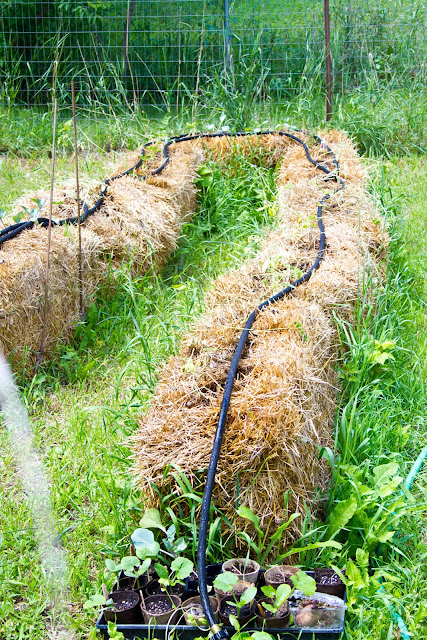
I started with a standard black foam core sheet and measured out 4” x 5” rectangles. I used a nice sharp box cutter to easily cut them out (beware the dull blade, it made some of my squares rather chopped up!!).
Since standard chalk has limited colors, we used art pastels. They are rich in color and very user friendly.
I started with a little scroll-y border, then smudged in some background color to make it more fun. Don’t be afraid to get your fingers dirty!
You can use the black to make light guide lines for your lettering, they are almost invisible at a distance and will help you keep your letters consistent.
Use variations of color to make your signs appealing! If you mess up, cut another square OR use the black chalk to “erase” your mistake and start again.
Finish your signs with cute wire stands. We used tie wire. It’s available at most hardware stores and is pliable enough to bend and twist into shape easily, but strong enough to hold your signs in position.
Voila!!










